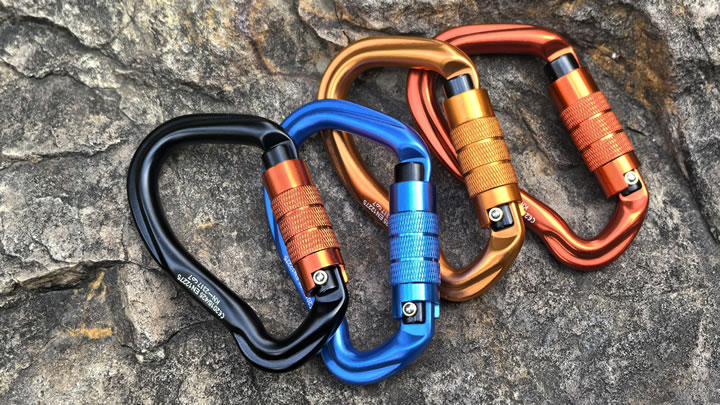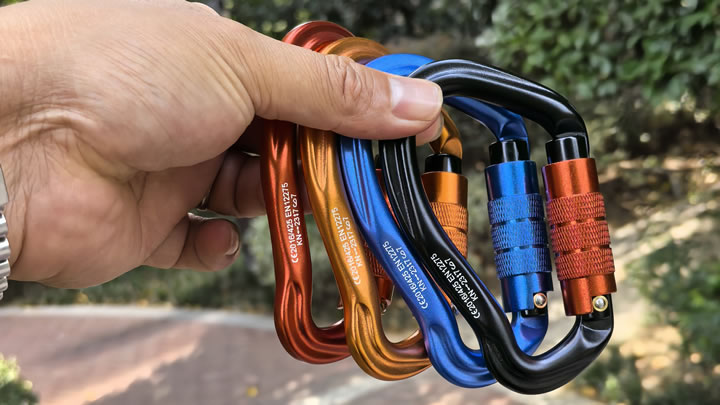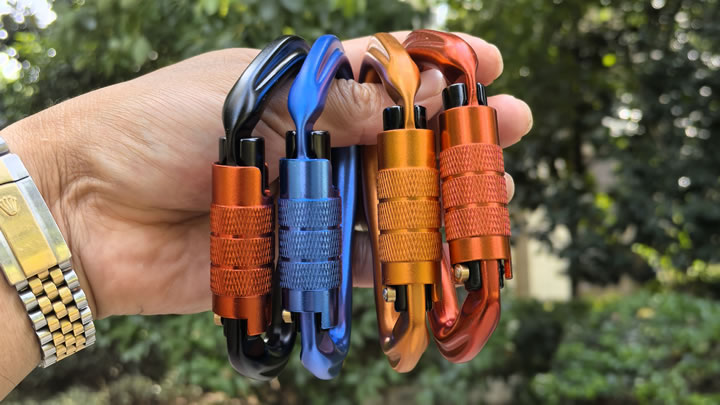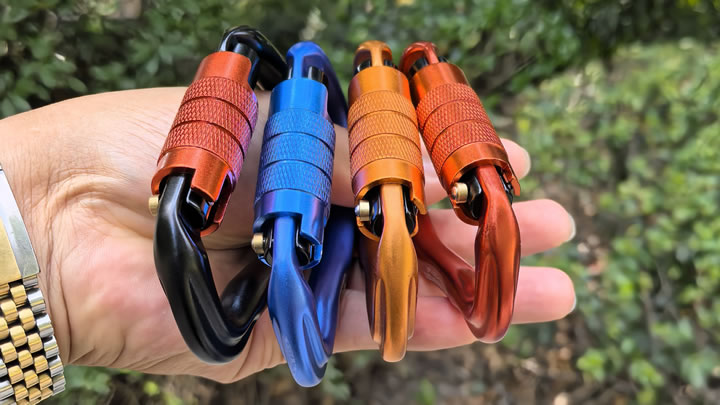Is ultralight hiking safe for beginners?
Ultralight hiking—carrying sub-15-pound (6.8kg) packs—is surging in popularity. But for beginners, the allure of minimalism can clash with safety risks. Can novices safely adopt ultralight practices, or does experience matter? Let’s unpack the realities and strategies for a safe start.
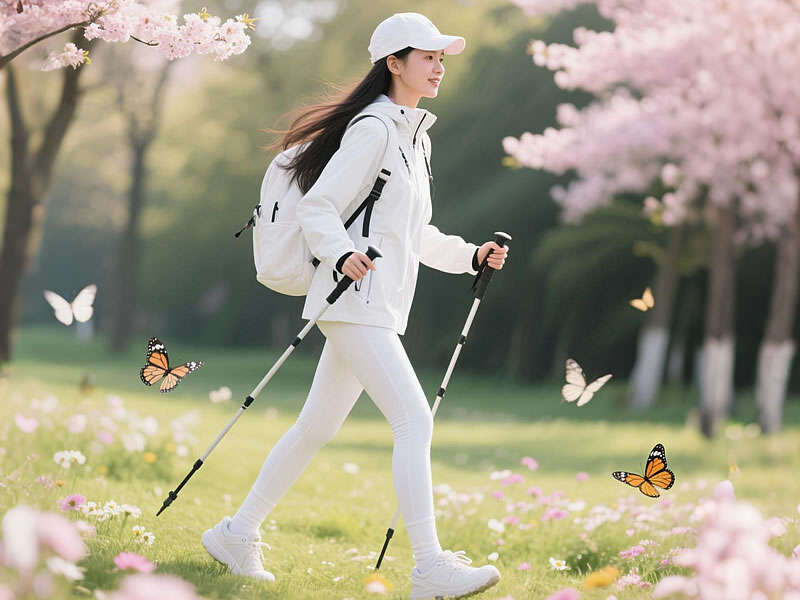
The Risks: Why Ultralight Hiking Isn’t Always Beginner-Friendly
- Gear Knowledge Gaps:Ultralight gear (e.g., Dyneema tents, alcohol stoves) often requires expertise. A fragile shelter or inefficient stove can fail in bad weather, leaving beginners stranded.
- Safety Trade-Offs:Newcomers might skip essentials like a first-aid kit or extra layers to save weight, risking hypothermia or injuries.
- Skill Deficits:Ultralight hiking demands navigation savvy, weather prediction, and rapid decision-making—skills honed through experience.
A 2023 study in Wilderness & Environmental Medicine found that 68% of hiking emergencies involved underprepared hikers using minimalist gear.
How Beginners Can Safely Go Ultralight
1. Prioritize the “Non-Negotiables”
Never compromise these items, even to save weight:
- Navigation: GPS device (Garmin inReach Mini) + paper map/compass.
- Insulation: Lightweight but reliable layers (e.g., Patagonia Nano Puff jacket).
- Shelter: A stormworthy tent or tarp (e.g., Six Moon Designs Lunar Solo).
- Hydration: Filter (Sawyer Squeeze) + backup purification tablets.
Pro Tip: Use the “Essential 10” checklist from the Appalachian Trail Conservancy as a baseline.
2. Gradual Gear Transition
Replace heavy items one at a time, testing each in controlled conditions:
- Start with the Big Three: Tent, backpack, sleep system.Swap a 5lb tent for a 2lb trekking pole shelter.Replace a synthetic sleeping bag with a down quilt.
- Avoid Cutting “Just-in-Case” Items Too Soon: Keep a headlamp, whistle, and emergency bivvy until skills improve.
3. Build Skills Before Shedding Weight
- Navigation: Practice map reading on local trails before relying solely on apps.
- Weather Literacy: Learn to interpret cloud patterns and wind shifts.
- Repair Skills: Fix gear tears, stove malfunctions, and blisters on short trips.
4. Adopt a “Lightweight” Mindset First
Aim for a 20–25 lb (9–11kg) base weight initially—lighter than traditional setups but safer than ultralight extremes.
Ultralight Gear Newbies Should Avoid (For Now)
| Item | Risk for Beginners | Safer Alternative |
|---|---|---|
| Alcohol stoves | Unpredictable flame, spill risks | Canister stove (e.g., BRS-3000T) |
| Tarp-only shelters | Exposure to wind/rain without setup skills | Freestanding tent (e.g., Big Agnes Fly Creek) |
| No-cook food systems | Cold meals demoralize in emergencies | Lightweight stove + dehydrated meals |
Case Study: A Beginner’s Ultralight Mistake
Sarah, 24, attempted a 3-day hike with a 12lb pack:
- Mistakes: Skipped a rain jacket (“forecast said sunny”), used a tarp without guylines, and carried minimal first aid.
- Outcome: A sudden storm soaked her gear, and a sprained ankle forced an SOS call.
- Lesson: Ultralight ≠ unprepared. Beginners need redundancy for unexpected scenarios.
Expert Tips for a Safer Start
- Hike with Mentors: Join groups to learn gear hacks and decision-making.
- Test Gear in Your Backyard: Camp overnight in your garden to spot flaws.
- Pack a “Safety Buffer”: Add 1–2 lbs of emergency gear (e.g., extra food, firestarter).
- Stay Local: Master 1–2 night trips before multi-day ultralight adventures.
When to Go Ultralight: A Beginner’s Readiness Checklist
- ✅ You’ve completed 5+ overnight hikes with traditional gear.
- ✅ You can navigate without cell service.
- ✅ You’ve practiced setting up your shelter in wind/rain.
- ✅ You understand calorie needs and hydration strategies.
Conclusion: Safety First, Weight Second
Ultralight hiking isn’t inherently unsafe for beginners—but rushing into it without skills or preparation is. Start by building foundational knowledge, gradually lighten your load, and never equate minimalism with recklessness. As the saying goes: “It’s not the pack that gets you into trouble; it’s the hiker inside it.”


